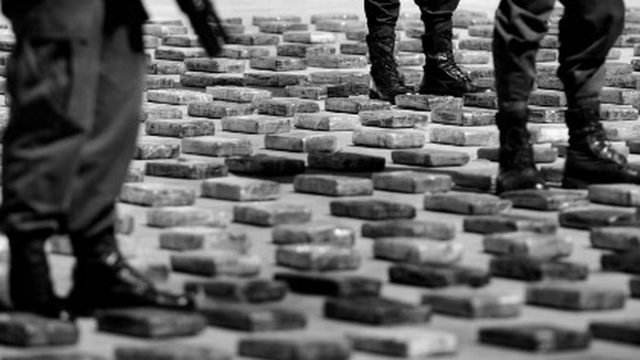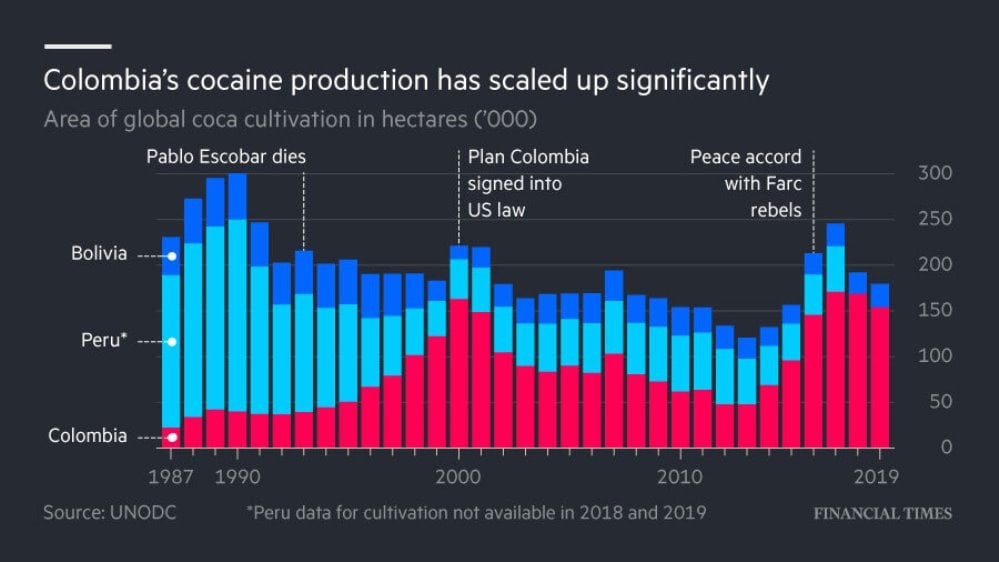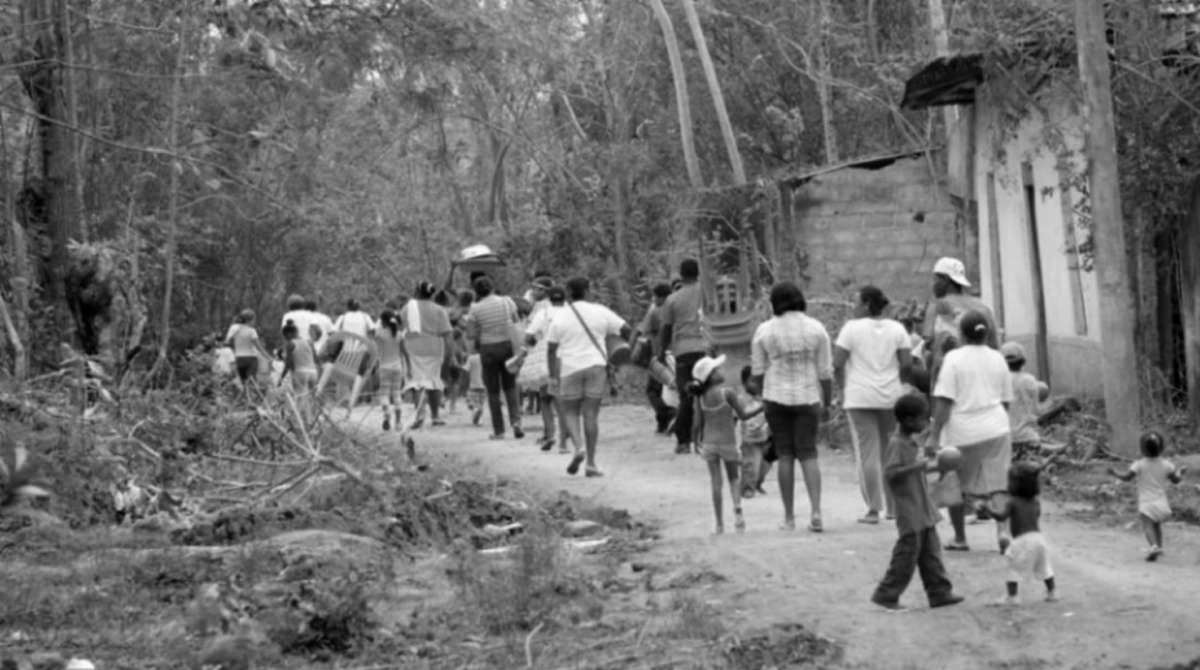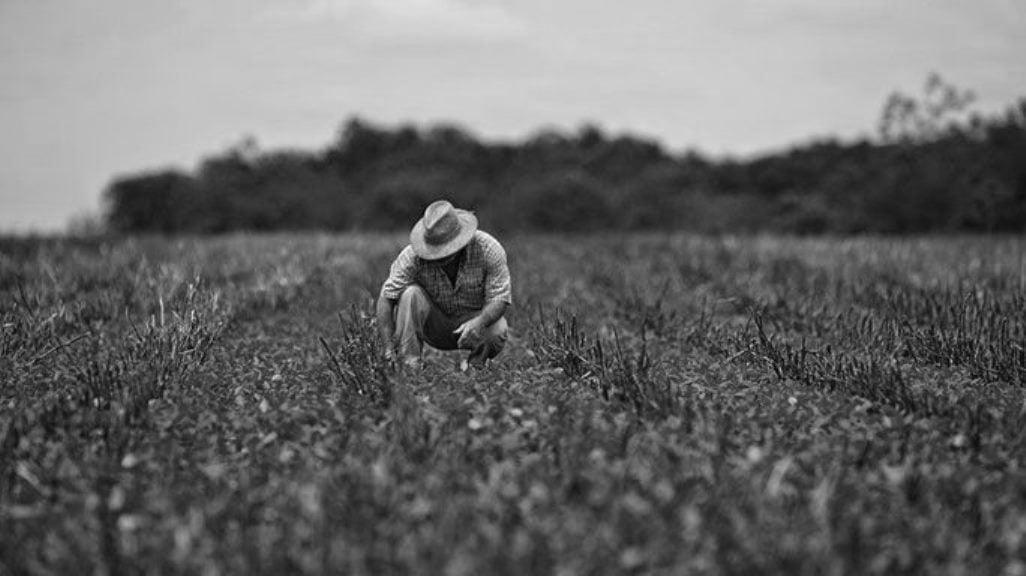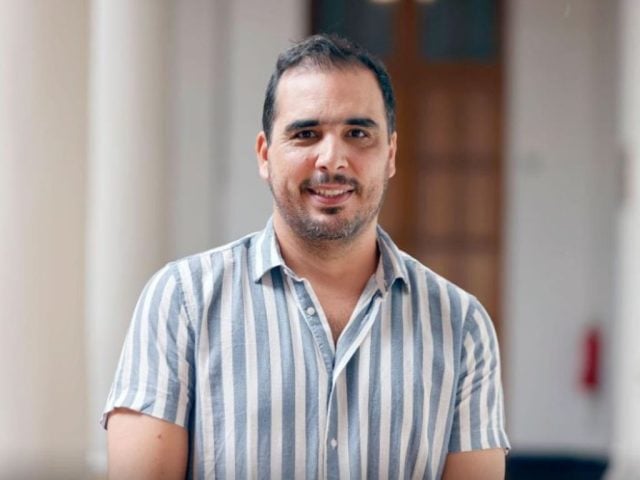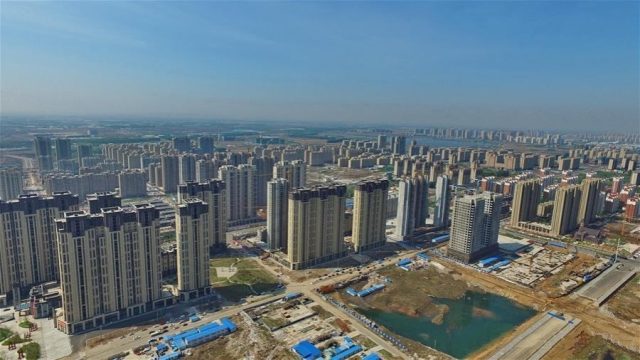“On a hillside in northern Colombia, three dozen men in blue overalls toil in a field, destroying coca bushes. They work in pairs: one hits a hoe under the roots of a bush and releases it with a crowbar; the other grabs the plant by its bright green leaves and plucks it out of the ground.
The government of Iván Duque hails the eradicators as forgotten heroes. And yet the men in blue overalls are losing the war. Once they have cleared a field, coca growers invariably return and replant. Or they plant elsewhere. Manual eradication is also labor-intensive and dangerous: drug traffickers do not like to have bushes pulled out of them. Since Duque came to power in mid-2018, armed groups have killed 29 members of the eradication teams, mostly soldiers and police. More than 200 have been injured, some mutilated for life by landmines.
And despite their efforts, Colombia’s coca production has exploded. Between 2012 and 2017, it increased by more than 250% to a record 171,000 hectares, according to the UN, which uses satellites to monitor the crop. By strengthening the eradication teams, Bogotá has reduced that figure to 154,000 hectares in 2019, but even so, the country is by far the world’s largest producer of coca leaves and cocaine.
«Cocaine: Colombia weighs a new aerial war on drugs», by Financial Times
With these lines begins a special report from the Financial Times (FT), published on February 22. The British media addresses the phenomenon of drug trafficking and the illegal production of cocaine in the South American country.
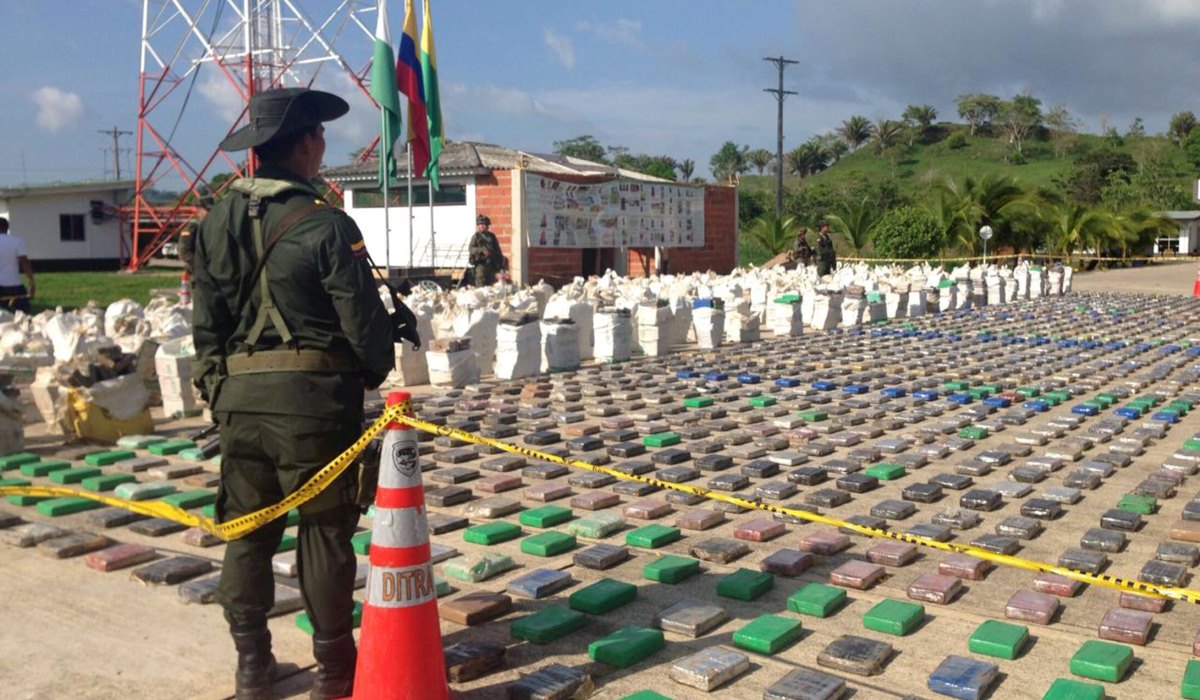
The new dark age in Colombia
The report highlights that currently the government of Iván Duque has a contradictory position in the face of this scourge. On the one hand, the president assured on February 8 that during his administration the largest historical seizures of cocaine hydrochloride have been made: more than 500 tons. He even maintains that they have eradicated 130 thousand hectares.
On the other hand, the FT report exposes the reality that manual eradicators are currently living, who it considers to be the first to lose the war. «Once they have cleared a field, the coca growers return and replant», emphasizes the media outlet.
In that sense, the FT caused a lot of controversy by referring to the so-called ‘dark age’ of the Medellín Cartel. «The country produces more cocaine now than in the early 1990s, when the leader of the drug cartel, Pablo Escobar, was at the peak of his notoriety», states the media.
How did the British media come to that conclusion? In their report they cite figures from the United Nations Office for Drugs and Crime (UNODC). “Colombia produces 70% of the world drug supply. Meanwhile, the US authorities say that 89% of the cocaine they seize appears to come from Colombia».
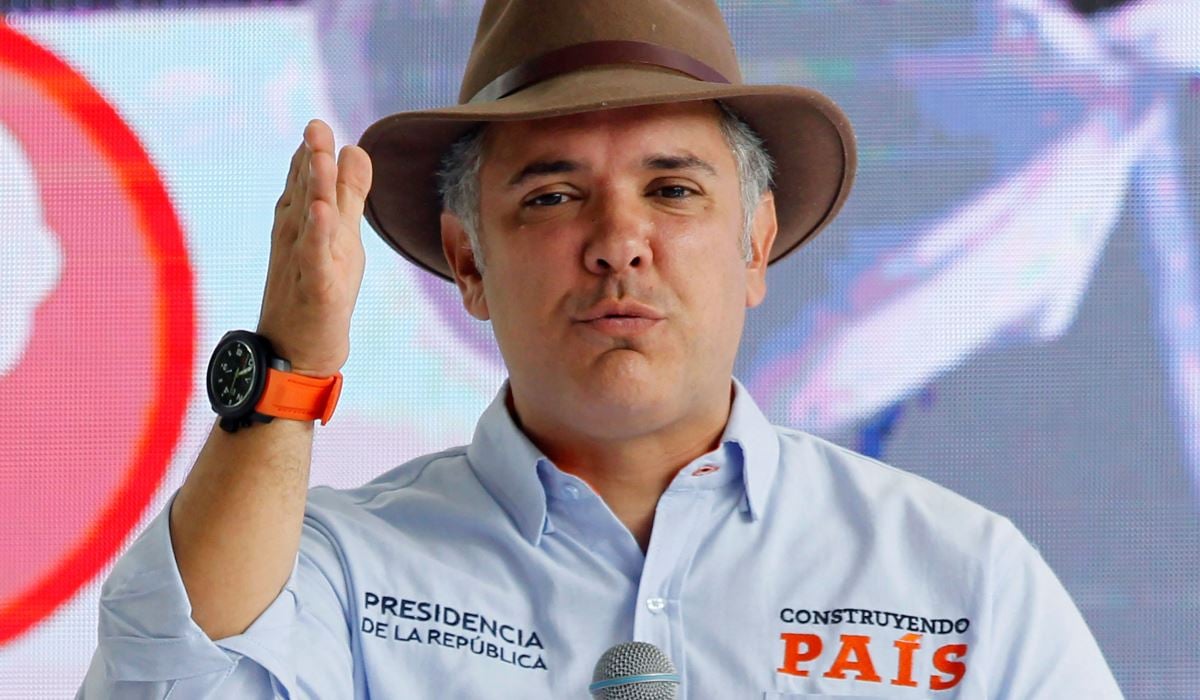
Drug trafficking in the last 30 years
Immediately afterwards, the FT shared a graph showing the accelerated growth of drug production in Colombia. The data ranges from 1987 to 2019, with three inflection points. The first is precisely in 1987, in the middle of the cartel war and when drug trafficking had a great boom. At this time, specifically, in 1993, Escobar Gaviria died, but curiously, production began to increase.
The second is the year 2000, when the implementation of Plan Colombia began, financed by the US government. That was when the highest peak was reached up to that date. However, production gradually decreased until the management of Juan Manuel Santos (2010-2018). The third and last inflection point is in 2017, in that transition period towards Duque, when an increase is seen again.
Now, the report details that in 1993, when Pablo Escobar died, Colombia registered some 50,000 hectares of illicit crops. By the end of the 1990s, that number surpassed 150,000 hectares. Then, in 2012 the figure was reduced to less than 60,000 hectares. Finally, in the Duque era, 150,000 were reached again.
Interestingly, that last turning point in 2017 has another major event. It is the signing of the Peace Agreement with the Revolutionary Armed Forces of Colombia – People’s Army (FARC-EP). In other words, when the guerrillas demobilized, renounced their arms and entered political life, production reached its highest peak.
In this regard, the International Narcotics Control Board (INCB), which collected the figures from the UN, concluded that the Colombian government has failed in that commitment that it claims to assume every year to eradicate cocaine production in its country.
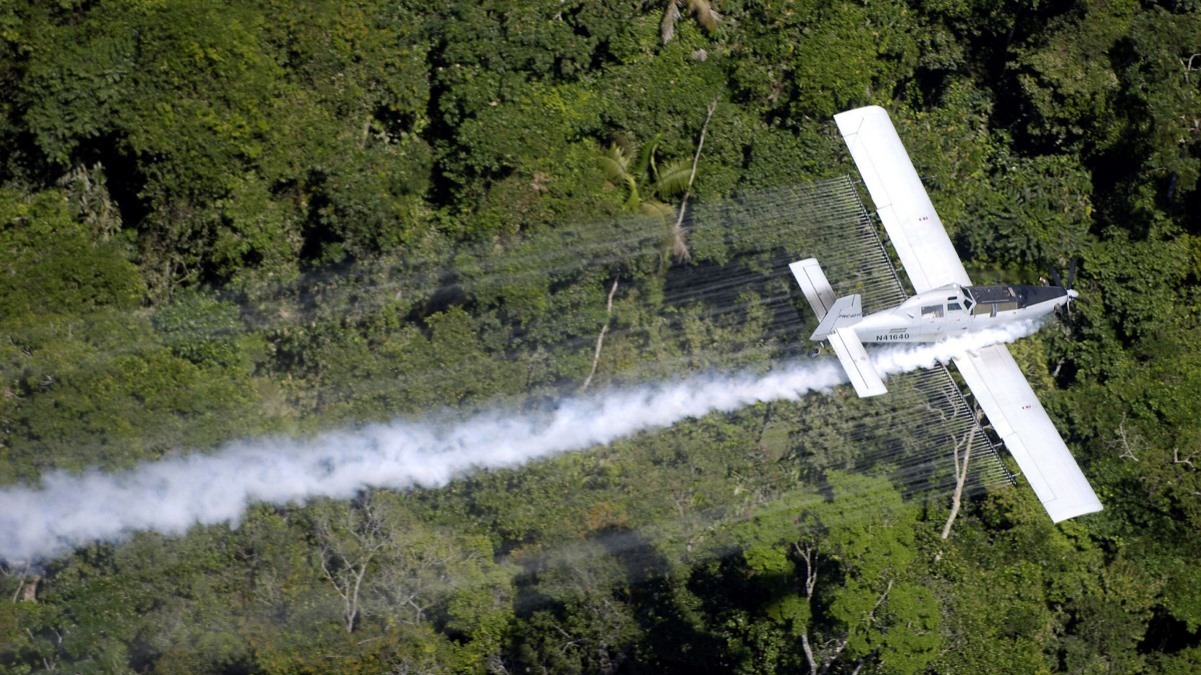
Eradication with glyphosate?
In its report, the FT also addresses the debate that prevails in Colombia about how to eradicate crops. The Duque administration insists that the best and most ‘effective’ way is to resume aerial spraying with glyphosate. But, in 2015 the World Health Organization (WHO) classified this herbicide as “probably carcinogenic to humans”.
The newspaper refers to the debate between those who promote its use and those who claim that it causes serious diseases such as cancer. However, the Armed Forces say they would not spray crops near homes but rather «industrial-sized coca plots that drug traffickers plant far from towns and villages». However, society does not trust them (Armed Forces) and remembers what has happened in the past.
“In rural areas of Colombia, some farmers remember with horror the old days of aerial spraying. It was an inexact science. The planes pounced on to the fields, spraying on the coca plots, but also on other legal crops. Corn, cocoa, bananas and even cows were sprayed with herbicide”, says the text.
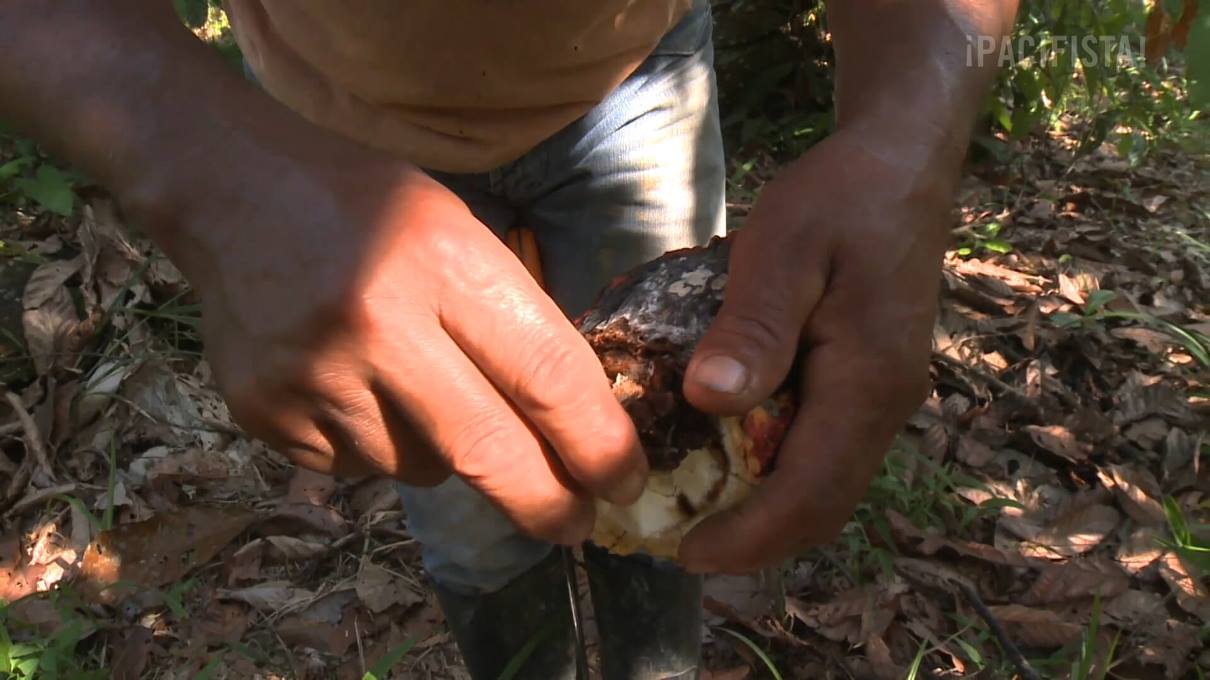
The research even exposes how the use of this herbicide caused the displacement of thousands of farmers from different regions. On this point, they interviewed Leider Valencia, organizer of the National Coordinator of Coca, Poppy and Marijuana Growers.
COCCAM is a platform that coordinates peasant producers of crops declared illicit. Valencia stated that «many farmers were forced to abandon their land completely and move to another location» due to the threat of being poisoned.
Glyphosate, “when used in agriculture, penetrates the soil, seeps into the water and its residues remain on the crops. It is present in what we eat, in the water we drink and in our bodies”, warns Greenpeace.
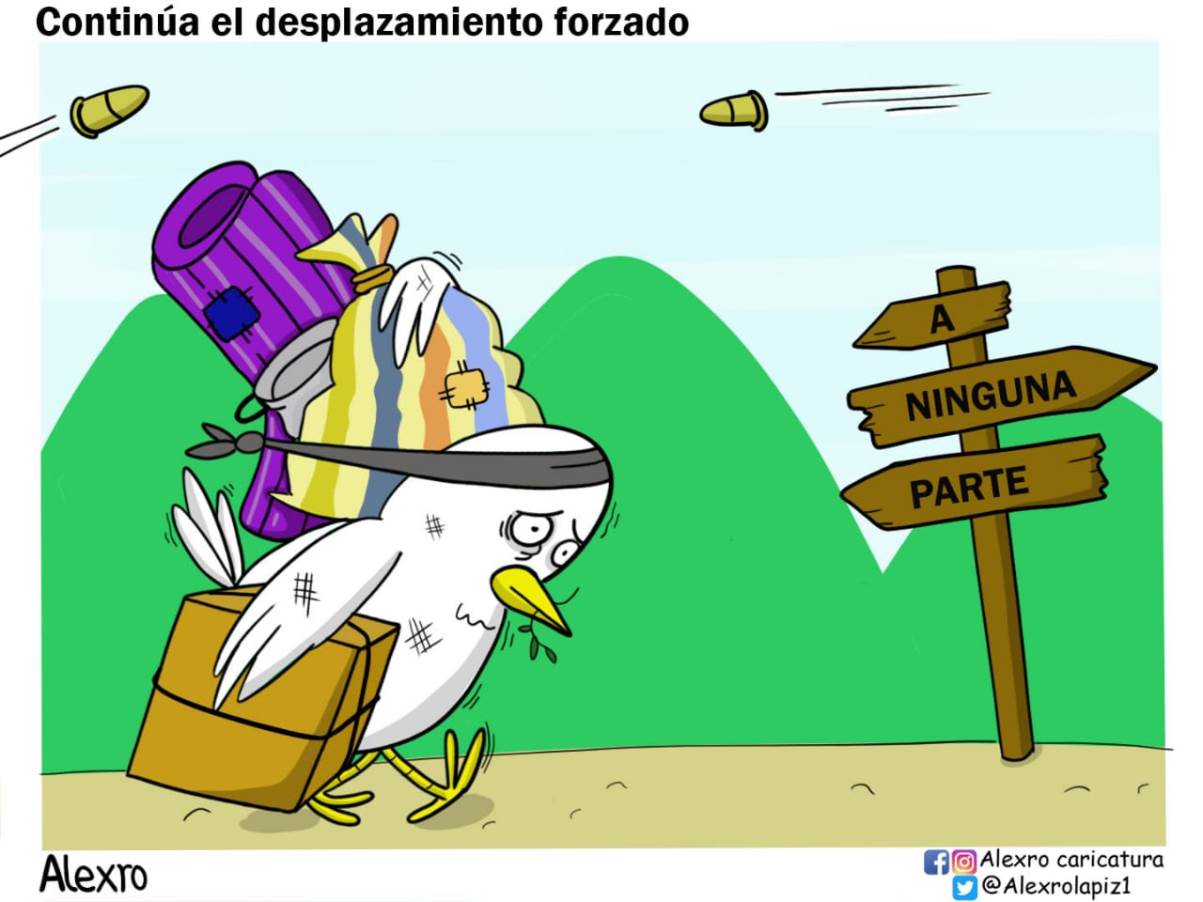
UN calculations
The Financial Times report complements the 2017 Monitoring of Territories Affected by Illicit Crops report, published by the UN in 2019. This latest document reveals that “the net areas with coca cultivation in Colombia, calculated in 2016 to 2017, increased 17%, going from 146,000 hectares to 171,000 hectares ”.
They also state that the Pacific region is the area that would have more hectares of illicit cultivation. Meanwhile, in the Central Region there was the most considerable increase with 31%. The departments of Antioquia, Putumayo, Norte de Santander and Cauca would have 64% of the increase. Nariño, with a 7% increase, continues to be the department most affected by the crops.
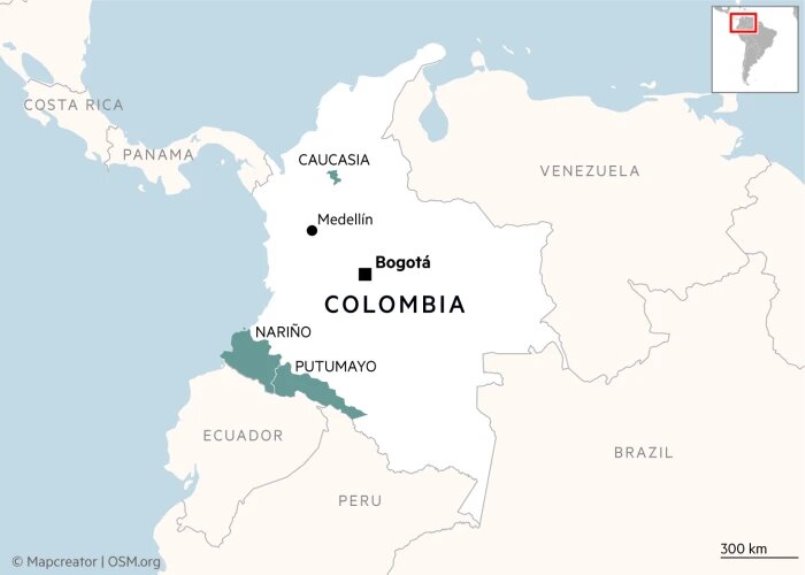
On that occasion, the representative of UNODC in Colombia, Pierre Lapaque. offered an interview to La FM. Lapaque stressed that this report is a photograph that reveals a global problem and it seeks to confront this phenomenon. “You don’t want to blame anyone. This report seeks to show a global photo that is a reality, and to which attention must be paid so as to resolve it”.
According to the UNODC annual report, world cocaine production set a new record in 2017. That year it increased 25% compared to 2016. “Production was mainly led by the increase in cocaine production in Colombia. This country produces about 70% of the world’s cocaine”.
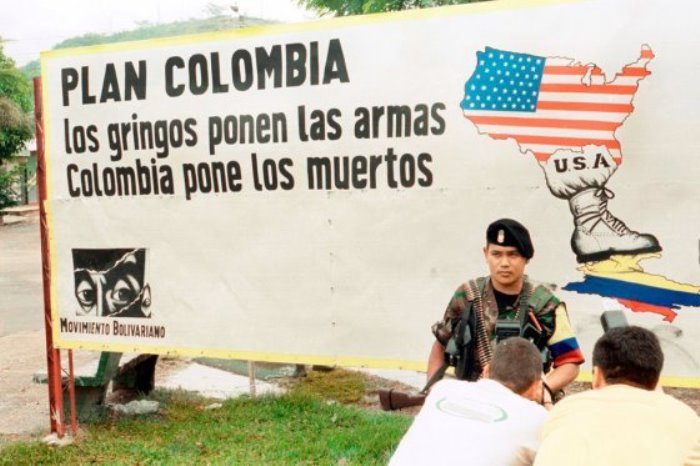
«The war on drugs failed»
In February 2019, the group Actions for Change published the report «Colombia’s experience in drug policy in the last decade». There, they state that the strategy to reduce crops declared illegal has been costly and inefficient. This is because it does not provide a sustainable solution to the problems of families related to coca cultivation.
The study revealed that the fight against drug trafficking has not led to a dismantling of criminal economies. On the contrary, micro-trafficking and drug dealing remain highly profitable. In this sense, between 1994 and 2015, almost 1.9 million hectares were sprayed with glyphosate by air. The result was the following:
«The eradication policy with glyphosate implied damage to the health of pregnant women. According to the available calculations, the fumigation actions imply a 2.9% increase in the rate of spontaneous abortions within a radius of one kilometer. In the case of municipalities with high levels of aerial spraying, the abortion rate rises to 8.7%.

In other words, Bogotá’s ‘emblem’ policy against drug trafficking only leaves counterproductive effects for the validity of human rights, public health and democracy and institutions. For this reason, the report invites the Government to reflect and enter into a dialogue with civil society to establish points of agreement on anti-drug policy.
The study even closes with a forceful phrase addressed to the Government of Iván Duque. “We value the different positions that the Government may have around the production, trafficking and consumption of narcotics. However, we invite you to listen to what academia and civil society have long held: the war on drugs failed because it turned into a war against vulnerable populations ”.

How much money does drug trafficking move
In 2010, the journalist Hernán Carrera specified that more than 50 million kilos of illicit substances are moved annually. This amount reports approximately 500,000 million dollars of profit each year. This figure is a calculation made by experts from the UN, the International Monetary Fund and the DEA.
In an article published in AVN, Carrera noted that Catherine Austin Fitts, a former government official of George Bush Sr. and current director of an investment fund on Wall Street, calculated that for every dollar added in the line of profits of a transnational company, there is an increase of six dollars in the value of their shares.
So, “if the 500 billion of drug trafficking is multiplied by six, loaned at low interest, or even in a simple exchange for shares, it is 300 billion dollars, perfectly legal, exchangeable, usable, for mutual benefit. An amount that should not be left within the reach of potential competitors”.
The journalist closes by saying that “from that information we understand the real importance of the drug business in the world. It is an element that moves the Colombian economy and politics and that would not be ‘convenient’ that it should be reflected in the public light. This is where the repression of freedom of expression in Colombia is understood, because a media scandal of enormous proportions would undoubtedly crack the indivisible Colombian-American alliance. «
